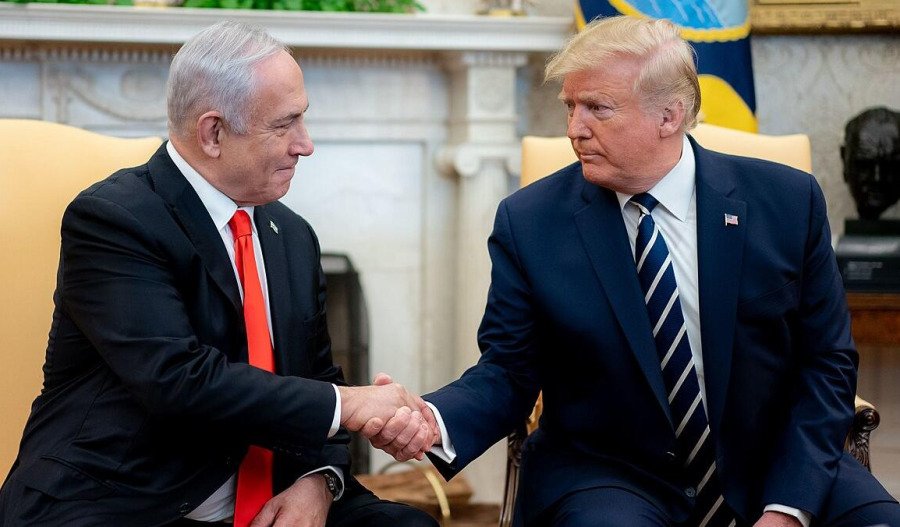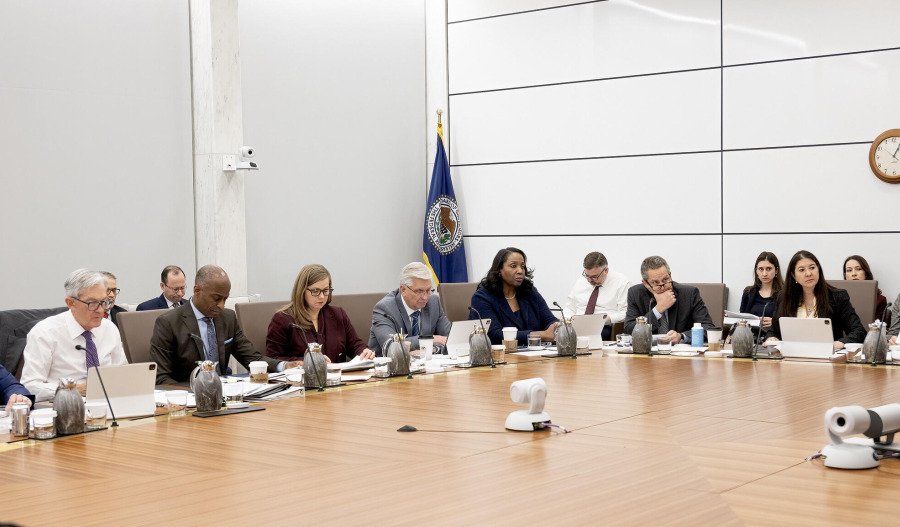United States consumer inflation cooled more than expected in March, with the annual rate easing to 2.4% on Thursday, below expectations of 2.6%, offering a sign of relief as President Donald Trump prepares to roll out a series of new tariffs.
The data, released by the Bureau of Labor Statistics, showed falling energy prices and subdued shelter costs were key factors behind the slowdown.
The consumer price index (CPI), which tracks the average change in prices for goods and services, declined by a seasonally adjusted 0.1% during the month. This brought the 12-month inflation rate down from 2.8% in February to 2.4% in March.
Core inflation - which strips out food and energy - rose just 0.1% for the month, resulting in an annual rate of 2.8%. That marked the lowest core reading since March 2021. Markets had forecast annualised core inflation at 3%.
A sharp drop in energy prices played a major role in the overall easing as a “6.3% decline in the index for gasoline more than offset increases in the indexes for electricity and natural gas”.
Meanwhile, food prices increased 0.4% in March. The release noted: “Driven primarily by a 5.9% increase in the index for eggs, the index for meats, poultry, fish, and eggs rose 1.3% in March.”
Shelter costs, one of the most persistent inflation components, rose just 0.2% in March. On an annual basis, shelter prices were up 4%, the slowest pace since November 2021.
Prices for used cars slipped 0.7%, while new vehicle costs edged up 0.1%, amid expectations that incoming tariffs could affect the auto industry.
Other categories saw further price relief: airline fares dropped 5.3%, motor vehicle insurance fell 0.8%, and prescription drug prices declined by 2%.
The data arrived just a day after Trump unexpectedly reversed parts of his previously announced tariff plans, postponing some of the most aggressive duties. Instead, he confirmed a 10% blanket tariff on all imports and opened a 90-day negotiation period for additional levies.
While Trump has campaigned on bringing down inflation, progress has been gradual in early 2025. Despite the March figures, he has renewed calls for the Federal Reserve to begin cutting interest rates. However, central bank officials remain cautious amid heightened policy uncertainty.



